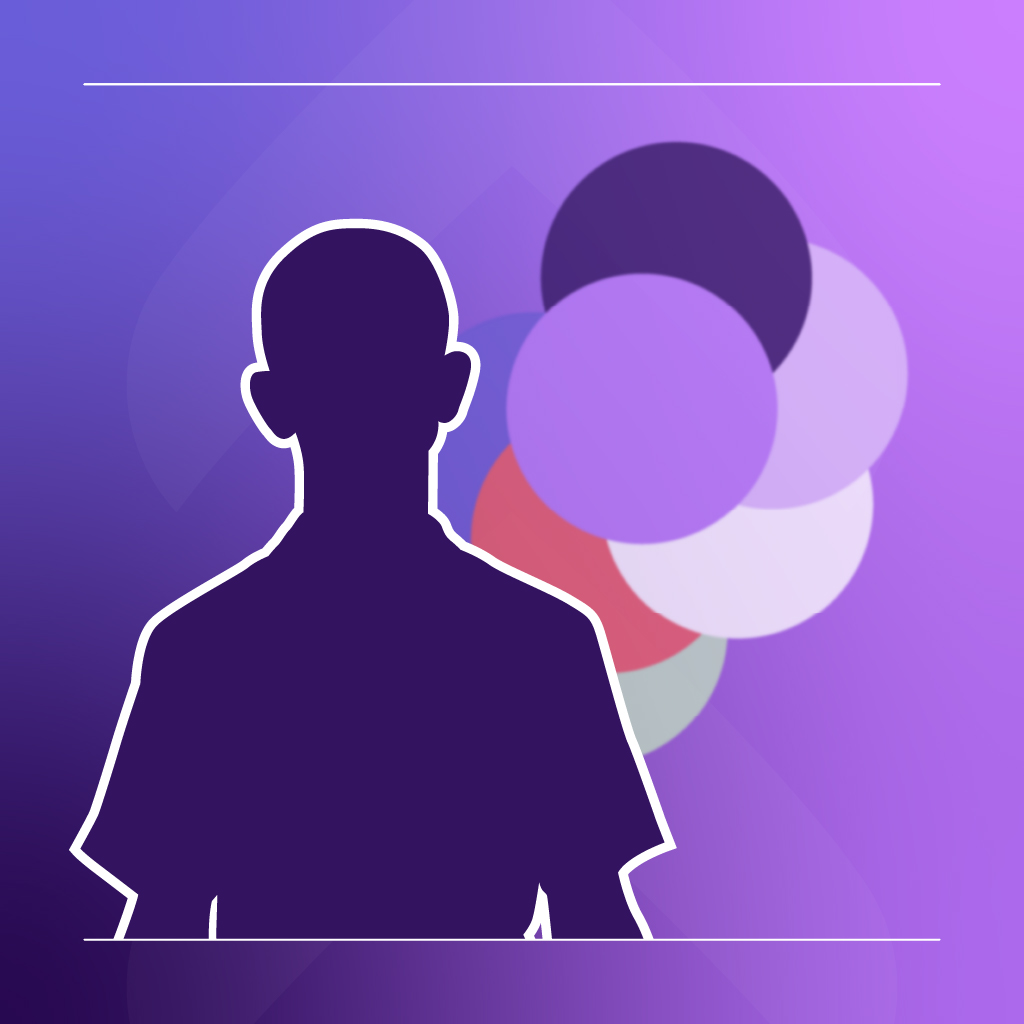Youth panel member John
A dedicated advocate for youth empowerment, disability rights and community development
Youth panel member John
As a youth panellist for the Make Way programme, John* has a deep understanding of Make Way’s efforts to ensure no one is left behind. He is a dedicated advocate for youth empowerment, disability rights and community development. We interviewed him as part of the Make Way #SeeMe campaign to gain a better understanding of how he applies intersectionality in his life and work to ultimately help realise sexual and reproductive health and rights (SRHR) for all.
Read more →
Tell us, John, what does intersectionality mean to you?
For me, intersectionality means understanding that people have many different identities that overlap and affect their lives in various ways. These identities can include race, age, gender, ability, education background, where they live, and more. Think of these identities as strings laid out on a table. Each string represents a different part of who someone is. When you move the strings around, they start to cross over at different points. Where they intersect, they create a darker and more complex pattern. This shows how these different parts of a person’s identity can come together to create unique experiences and challenges. In simple words, intersectionality is a concept that helps us see and understand these complex overlaps. It shows us how various parts of a person’s identity can combine to create unique situations.
How does intersectionality help you in your advocacy work?
It allows us to see people’s different overlapping identities, which helps us think more deeply about how to design our services and policies to meet everyone’s needs. When we use an intersectional approach, we can imagine and plan for a more inclusive future for everyone. It helps me gain a better understanding of the diverse experiences people have. I learn to recognise and advocate the specific challenges that individuals who belong to multiple marginalised groups face. This wisdom helped me to advocate for more inclusive and supportive environments, where everyone has a better chance to live.
How has intersectionality helped you on an individual level?
Intersectionality has shaped my personal views about others. Instead of immediately focusing on the problems people are facing, I now think more deeply about the root causes of these problems. I consider how different identities intersect to create unique challenges. This perspective helps me empathise with people by imagining myself in their shoes, facing similar issues and understanding how they might tackle them.
As a youth panel member in the Make Way programme, you advocate for the SRHR of young people. How has intersectionality helped you in this role?
As a youth panel member representing marginalised youth, understanding intersectionality helps me be a true voice for their diverse experiences. It serves as the key and engine for our programmes. Without a deep understanding of intersectionality, we cannot effectively engage in our activities. It ensures that we consider the diverse experiences and needs of the people we work with, making our programmes more inclusive and effective and helping us build stronger alliances with other advocacy groups. Additionally, Make Way has empowered me to be an advocate in various events, campaigns, and workshops with other stakeholders. It has given me the tools to promote inclusive practices and policies, ensuring that everyone’s unique experiences are considered and addressed.
How does an intersectional lens help us realise SRHR for all?
An intersectional lens helps us realise SRHR for all by considering the diverse and overlapping identities and experiences that affect people’s access to these services. SRHR includes many components such as policies, accessibility, education, and healthcare services.
Understanding how people are affected by different power dynamics is crucial. When we talk about power dynamics, we mean the different levels of power and privilege that people hold in society. This can depend on factors like gender, race, class, sexuality, disability, and more. These factors can influence how easily someone can access SRHR services. Policies and services need to recognise and address these imbalances to be effective. Using an intersectional approach means looking at all the factors that affect individuals and not just treating everyone in the same way. It means making sure that no one is left behind, especially those who are most marginalised. By considering everyone’s unique experiences and challenges, we can create better policies and services that truly work for everyone.
* To protect confidentiality and ensure safety, we sometimes use pseudonyms and anonymise stories, especially in contexts where differing societal views on SRHR may pose risks to those involved.





